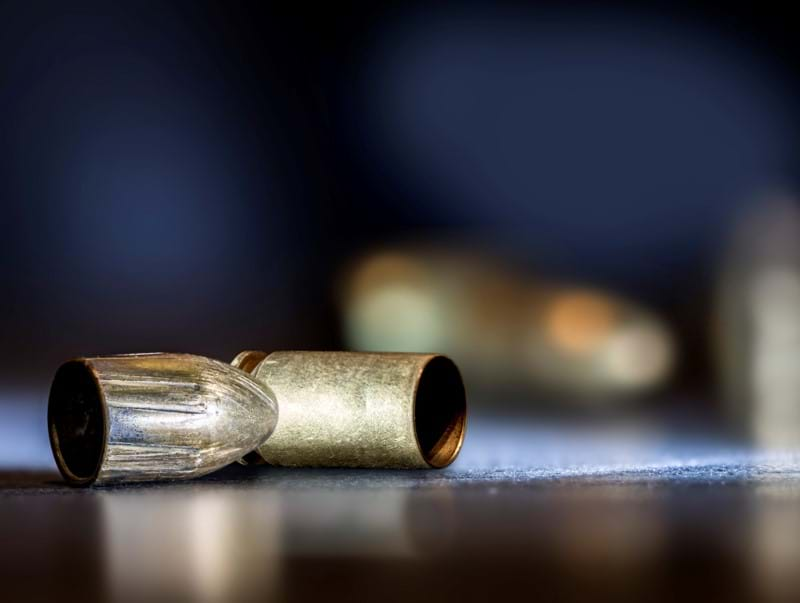Filter
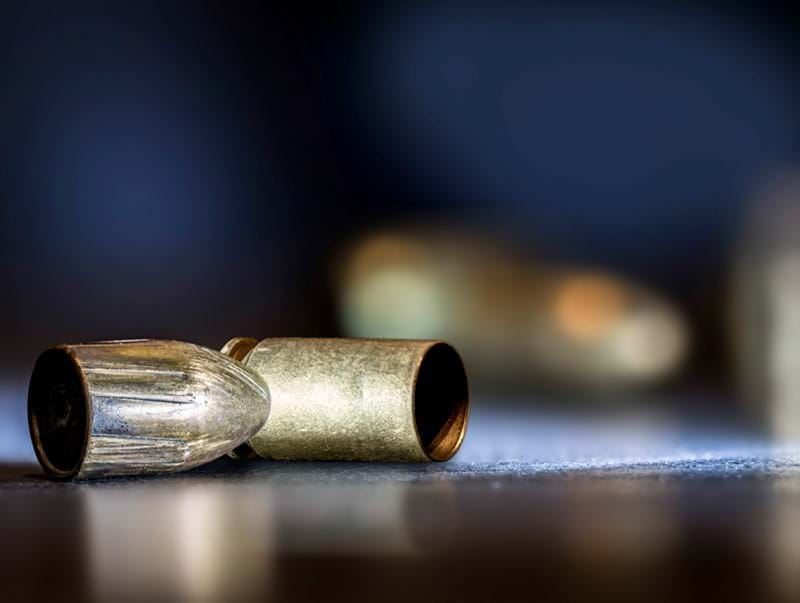
NIBIN Toolkit for Prosecutors
11 June 2022
This toolkit provides prosecutors of gun offenders a better understanding of how NIBIN can be an essential pillar for a successful prosecution. Now in its second edition.

Tips for Writing Successful Grant Proposals
01 February 2022

Quantum 3D Microscope Benchmark Study
01 July 2021
The purpose of this benchmark study was to compare how 3D microscopy can be applied to a forensic firearm case workflow, and to establish the differences when using a conventional comparison microscopy.
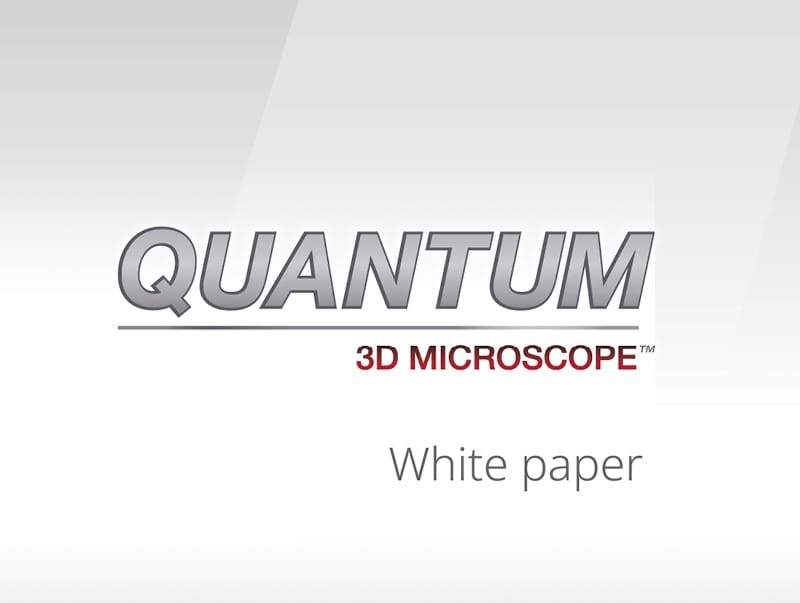
What to Expect from the Arrival of the Quantum 3D Microscope
01 September 2020
Forensic firearm and toolmark identification has been widely accepted in the courts since its inception in the early 20th century. Recently though, it has faced some significant challenges due to court concerns about reliability and a lack of a statistical foundation for the conclusions offered by forensic firearm examiners.

Technology and Gun Crime
01 April 2020

The 13 Critical Tasks: An Inside Out Approach to Solving More Gun Crime, 3rd Edition
01 October 2019
This book shares the author's 50-years of experience in law enforcement and forensic consulting, and shines a light on the procedural and technological solutions that law-enforcement agencies in the United States and around the world can put to use in the war against firearm-related crime.

Building a Preventive Crime Gun Strategy: A Playbook for Success
01 July 2019
Now in its Second Edition, this book provides law enforcement agencies with a sustainable, comprehensive plan for responding to firearm-related violence in their communities.
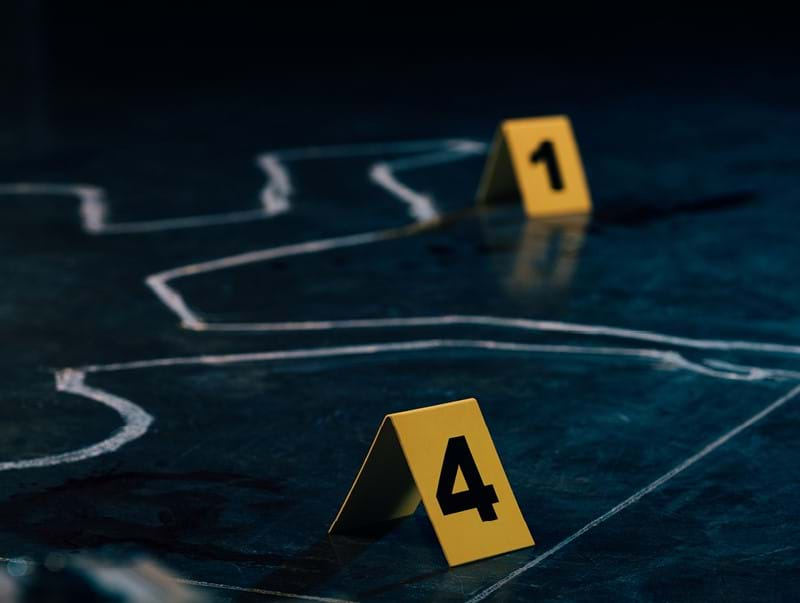
IBIS – GunOps – ShotSpotter: The Spears of the Trident
01 April 2019
Investigating and solving gun crimes with an advanced 3-pronged approach.
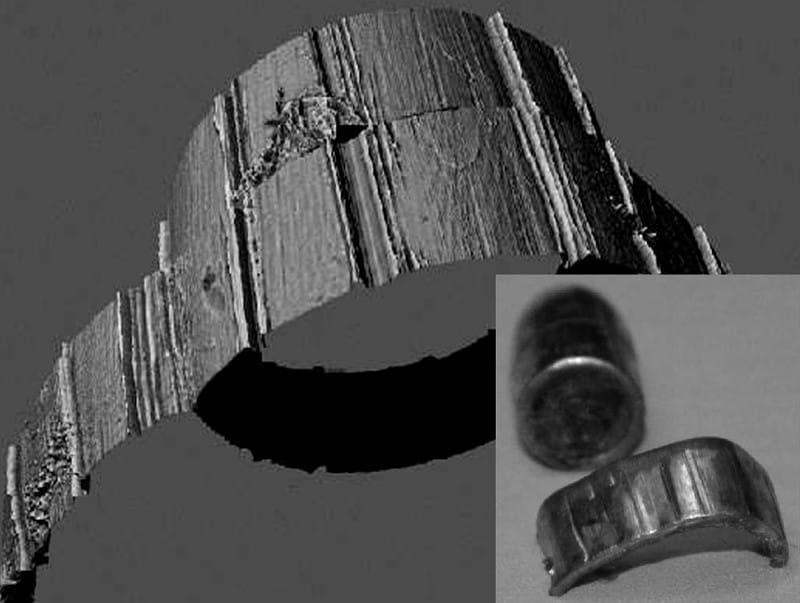
Objective Identification of Bullets Based on 3D Pattern Matching and Line Counting Scores
01 April 2019
Firearm examiners have developed two distinct approaches to bullet identification: pattern matching and line counting. The emergence of technology enabling the capture of surface topographies down to submicron depth resolution has been the catalyst for the field of computerized objective ballistic identification. The main goal of this study was to develop an objective identification method for bullets fired from conventionally-rifled barrels, and to test this method on public and proprietary bullet 3D image datasets captured at a variety of lateral resolutions.
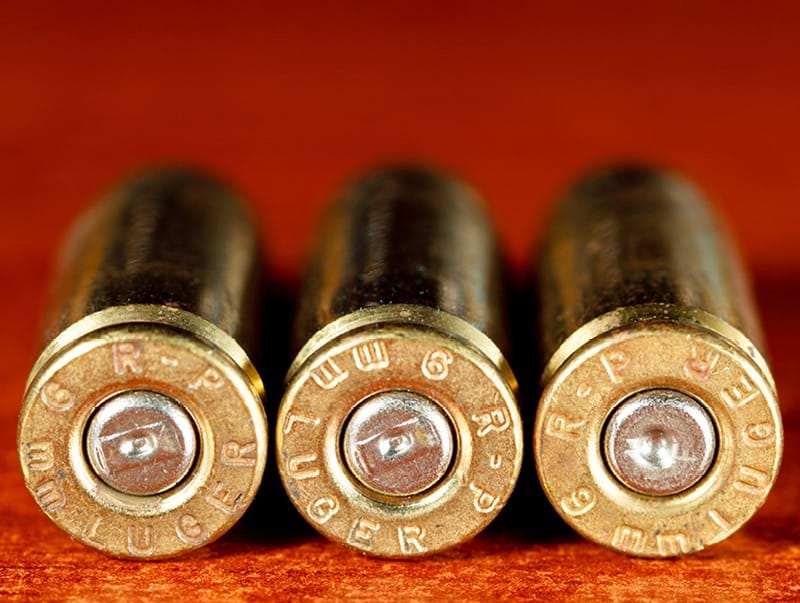
Seeking Interoperability of Ballistic Identification Systems
01 October 2018
The goal of making all BIS (Ballistic Identification Systems) and standalone ballistic image capture equipment interoperable was always hindered by the intrinsic incompatibility of 2D (reflectance) images from different systems.
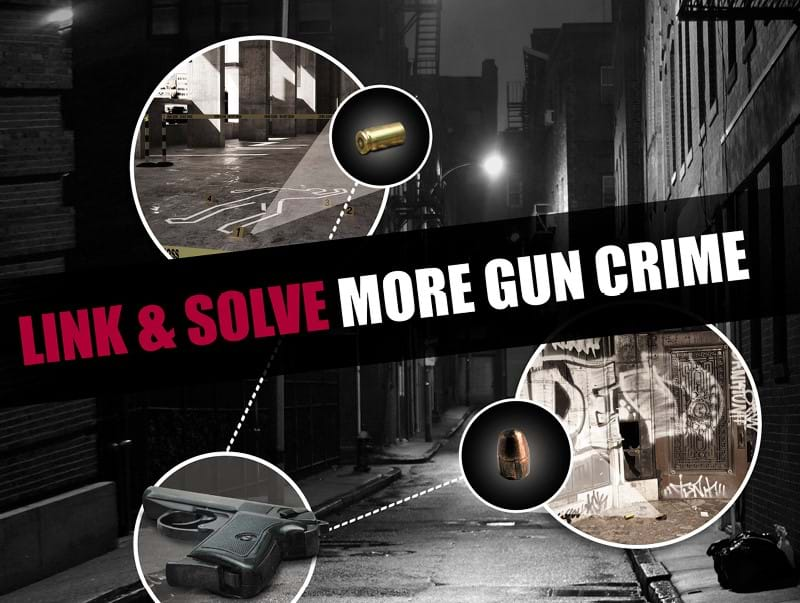
Link and Solve More Gun Crime
01 August 2018
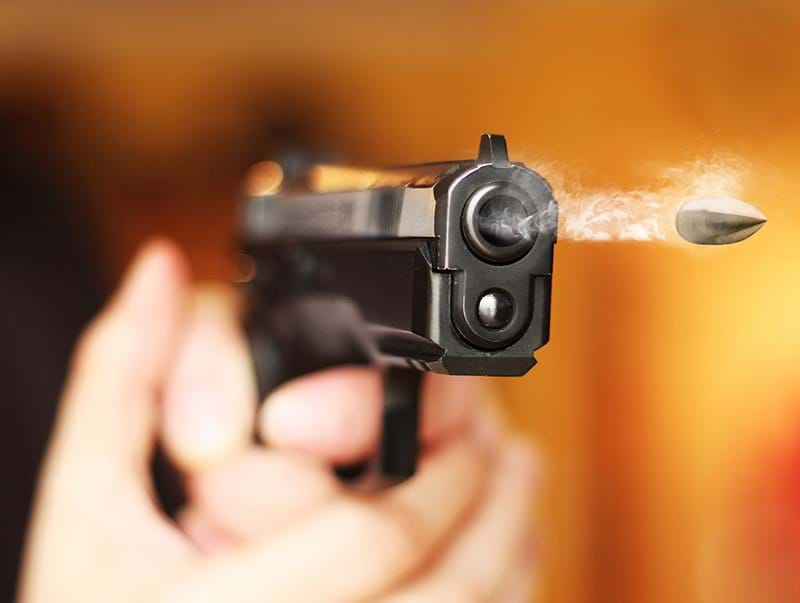
What’s more important than solving a homicide?
01 August 2018


